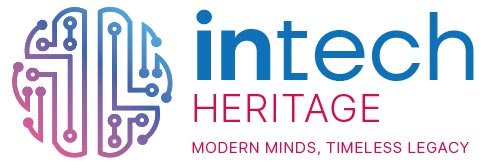Scrum is an agile project management framework used in software development and other fields to improve efficiency and product quality. One of the key aspects of Scrum is the roles that team members play in the project. In this article, we’ll discuss the three main roles in Scrum and what they do.
Product Owner
The Product Owner is responsible for defining and prioritizing the product backlog. The backlog is a list of features, functionalities, and improvements to be developed in the product. The Product Owner works closely with the development team to ensure that the backlog is up-to-date and well-understood.
The Product Owner is also responsible for making important decisions regarding the product, such as which features to include in the next release, what improvements to make, and the overall direction of the project. Additionally, they’re responsible for ensuring that the development team has the tools and resources necessary to work effectively.
Scrum Master
The Scrum Master is responsible for ensuring that the development team adheres to Scrum practices and values and principles. They also help remove obstacles that prevent the development team from progressing.
The Scrum Master acts as a facilitator, helping to organize Scrum meetings such as daily Scrum meetings, review meetings, and retrospective meetings. Additionally, they ensure that the development team understands and correctly applies Scrum concepts, such as the definition of “done” and the value of the iterative process.
Development Team
The development team is the group of people working on the product development. The development team is self-organized and organizes around established tasks for the current sprint. Each member of the team is responsible for completing the tasks assigned to them in the sprint.
The development team collaborates with the Product Owner and Scrum Master to ensure that the product is delivered effectively and satisfactorily. They’re also responsible for the quality of the product, so they must perform testing and review the work done to ensure that it meets the backlog specifications.
In conclusion, the roles in Scrum are fundamental to the success of the project. The Product Owner is responsible for defining the backlog and making important decisions regarding the product. The Scrum Master is the facilitator who ensures that the development team understands and correctly applies Scrum concepts. Finally, the development team is responsible for carrying out the work and ensuring the quality of the product. Together, these three roles collaborate to ensure that the project is delivered effectively and satisfactorily.

